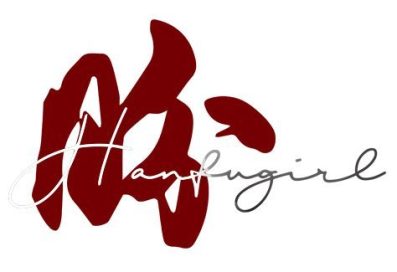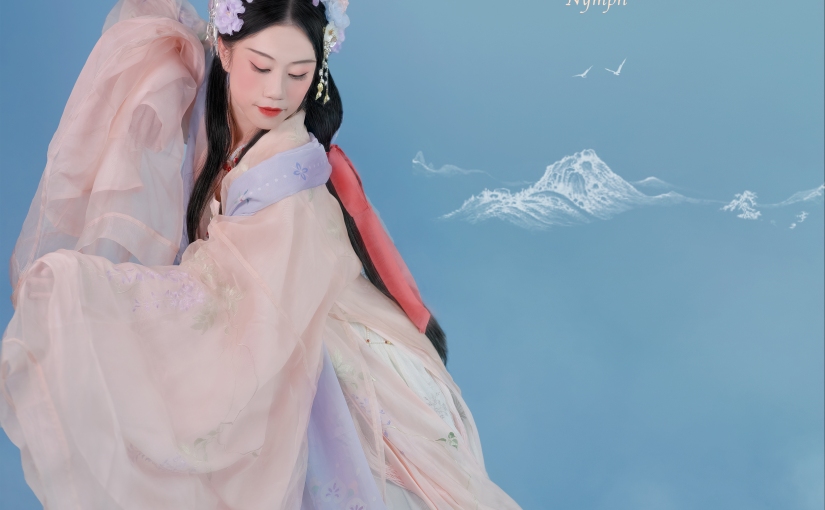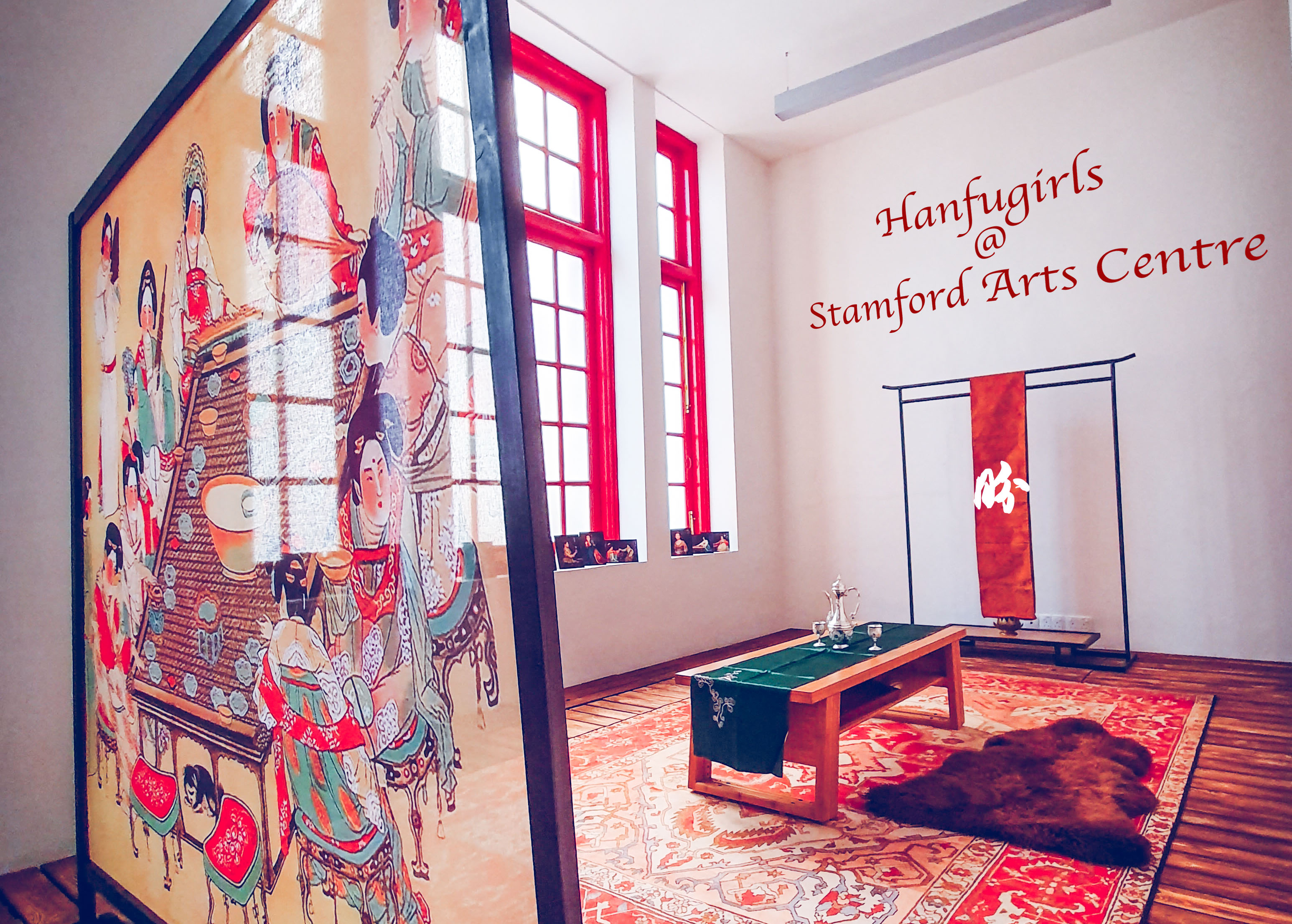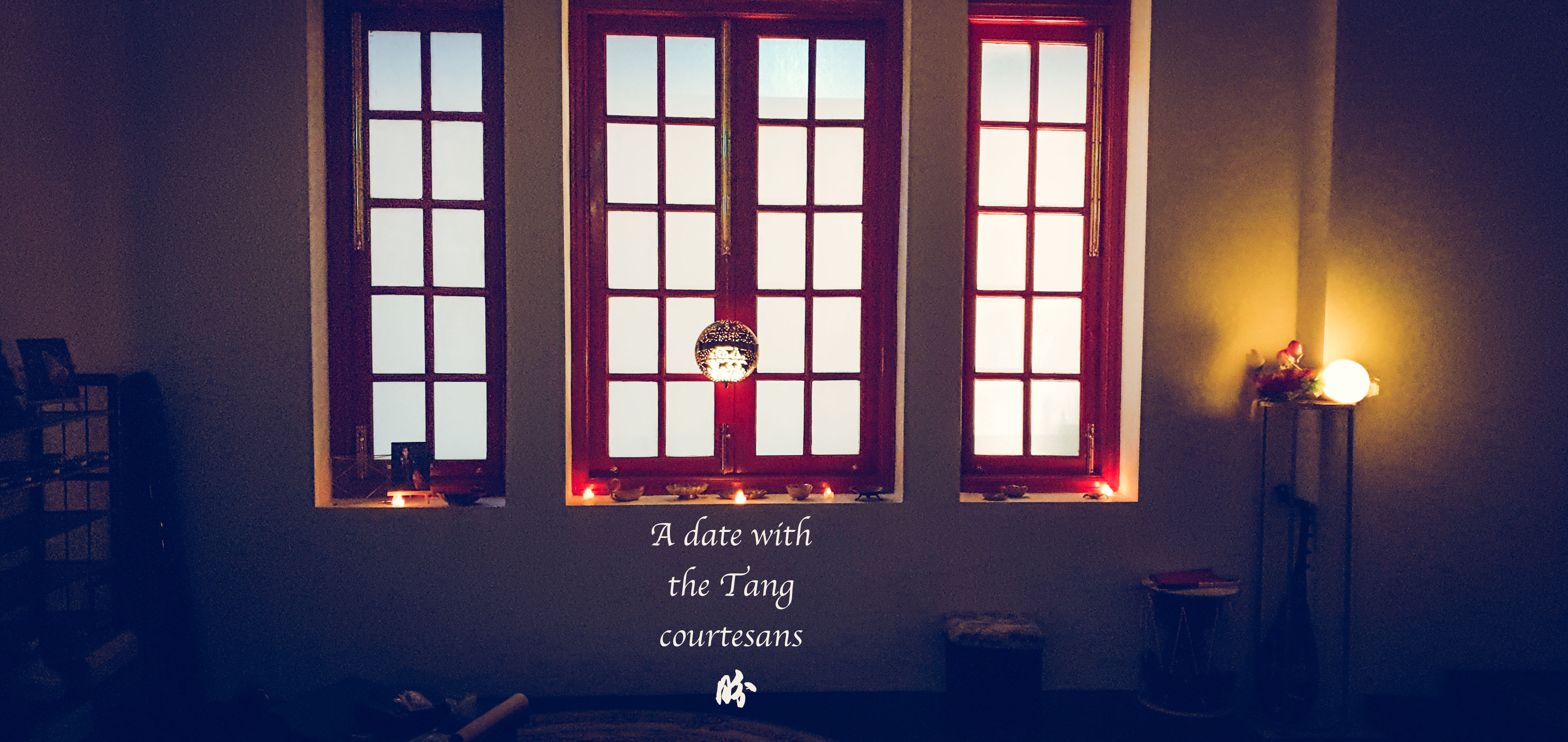IMPORTANT: WE HAVE MOVED! CLICK HERE FOR OUR NEW SITE!
I made a dance-drama MTV in partnership with a local green screen video production house using a 2,400 year-old ancient lyrics/poem, set in the ancient mountains of China that inspired Mount Hallelujah in Avatar. I thought of giving more historical and contextual understanding to this extremely ancient poem-song.
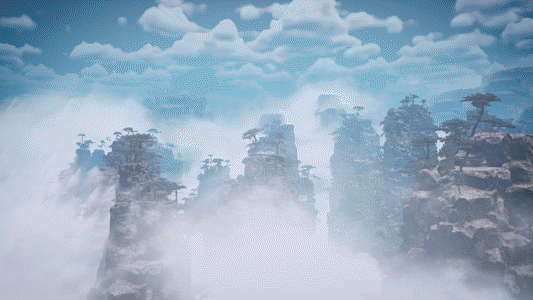
We generally assume that poems and lyrics to be two separate literary artforms, one being more ancient than the other. For the Chinese, poems and lyrics existed as one, just as music and dance. So when we look at ancient poetry today, it must be remembered that it used to be also sung with music and dance.
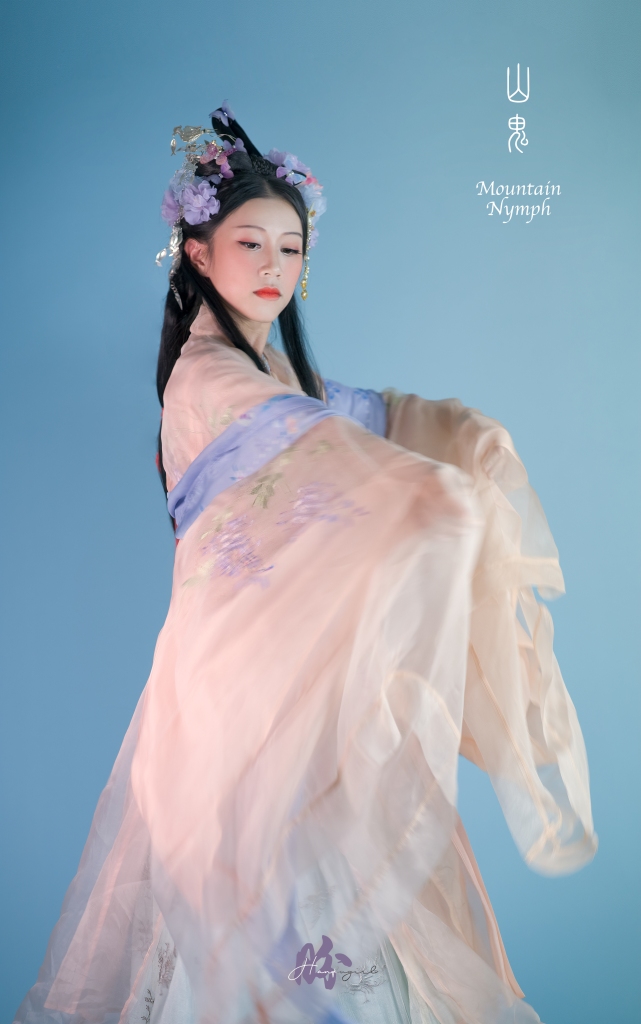
I’ve made the MTV public on Youtube and you can watch it here (and come back for more contextual explanation):
The Mountain Nymph meant a lot of things to different people who interpreted this ancient song-poetry of 2,400 years ago by the famous Chinese poet Qu Yuan (whom we remember fondly for the dragon boat festival). Some saw her as the lovesick mountain spirit, others saw her as the elaborately dressed priestess who was sent into the depth of the mountain to welcome the actual mountain spirit. She was also referred to as the Nymph of Mount Wu (I did an article earlier with Sailor Venus crossing over as Nymph of Mount Wu), who was known for her ephemeral beauty. In a sense, the Priestess was the avatar of the mountain goddess/nymph.
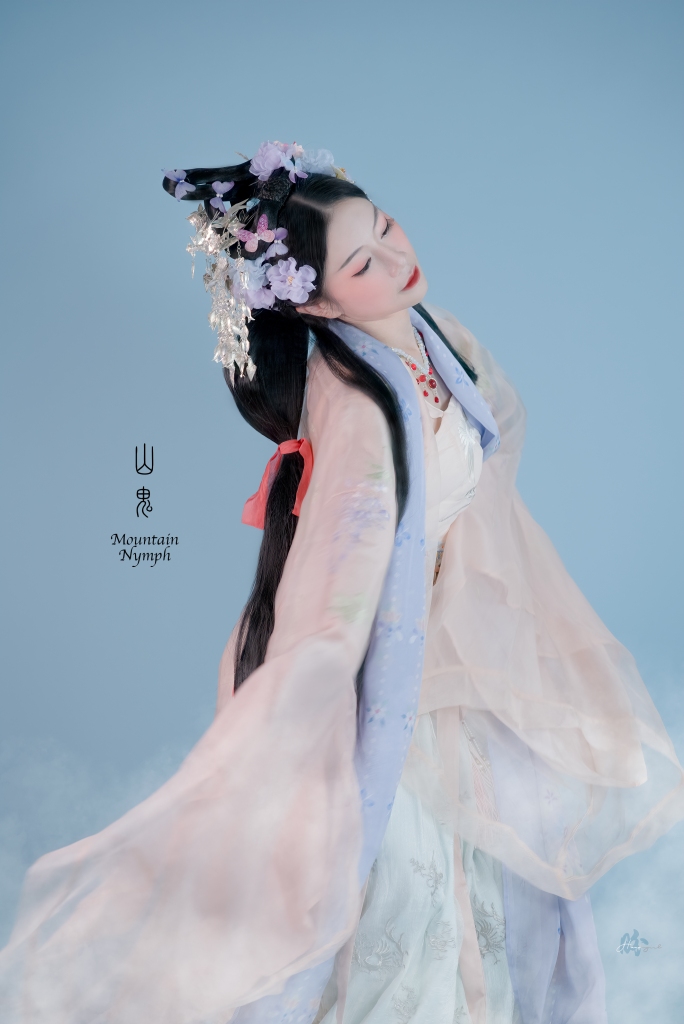
The Song-poem was part of a compilation titled The Ning Songs, and nobody can summarise it better than Princeton University Art Museum:
The Nine Songs is a set of eleven poems from the anthology The Songs of Chu, which is traditionally attributed to Qu Yuan (about 343–278 B.C.).
The poetry, which may represent ancient shamanistic dramas, consists of lyrics meant to be performed.By the time Wang Chong transcribed The Nine Songs in the sixteenth century, the words and content of the poems could still be read and spoken, but the accompanying sounds and actions had long been forgotten.
Involving spirit journeys and the invocation of divine beings, one passage reads:
The singing begins softly to a slow, solemn measure:
Princeton University Art Museum
Then, as pipes and zithers join in, the singing grows shriller.
Now the priestesses come, splendid in their gorgeous apparel,
And all the hall is filled with a penetrating fragrance.
The five sounds mingle in a rich harmony;
And the god is merry and takes his pleasure.(trans. David Hawkes)
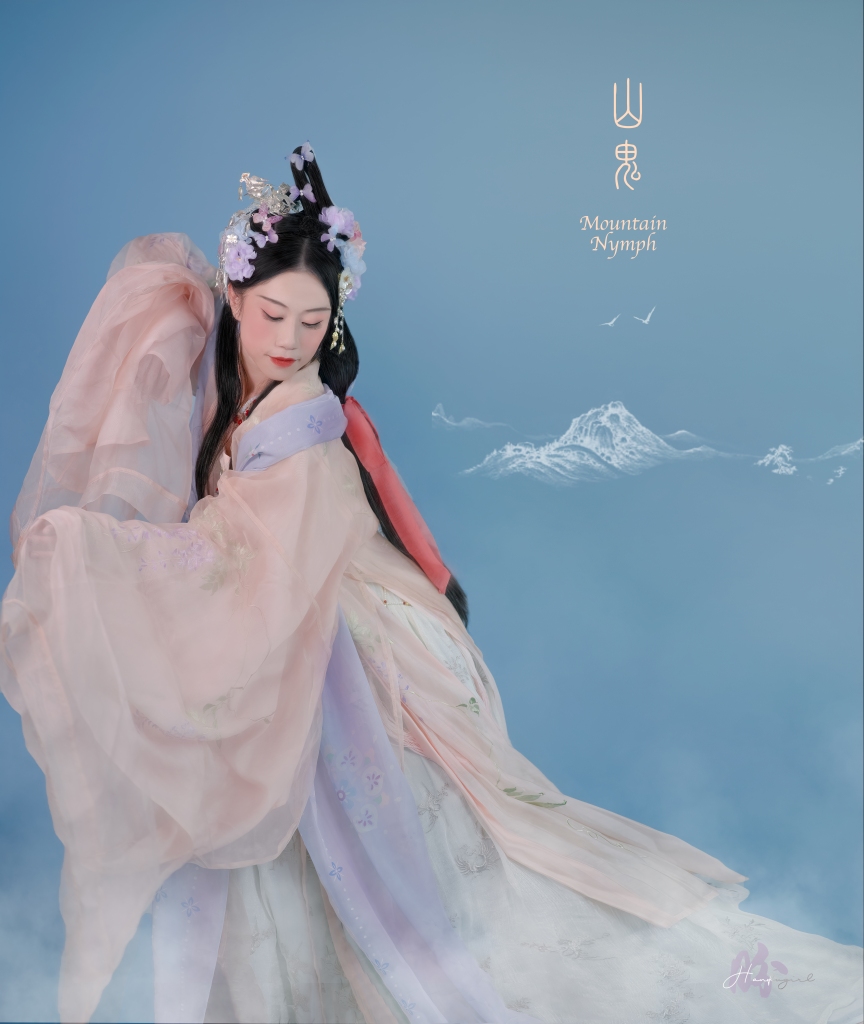
You probably heard a lot about Taoism and Buddhism in China in my previous articles, but Shamanism is rarely discussed. This is partly because the Chinese identity is an extremely complex one which is not confined to the Han-Chinese culture, but also many other ethnic and cultural identities. The Chu culture of the central-southern area of China (Hunan, Hubei today) for example, had its very unique cultural identity and practised Shamanism extensively even during a period when the Han Chinese were more focused on Taoism.
Thus, you saw the mention of priestess. Most ancient civilisations saw women as having a special power to connect with the occult, the Chinese in their most ancient religion and beliefs had that too. Thus it was the priestess who would be decked in elaborate dresses, to perform rituals to welcome the various spirits of nature to descend onto her, possess her body for the duration to complete the blessing to mortals.
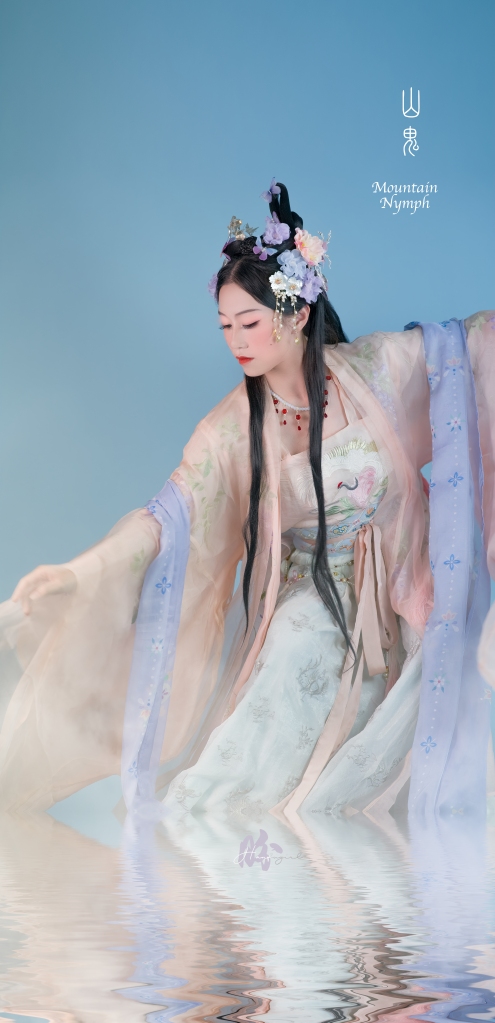
The Story of the Mountain Nymph/Spirit has been interpreted by many to have several symbolic meanings beyond the apparent love story of a mountain spirit waiting and longing for her lover, her inner dialogues and her changing emotions with the unpredictability of the weather in the mountain.
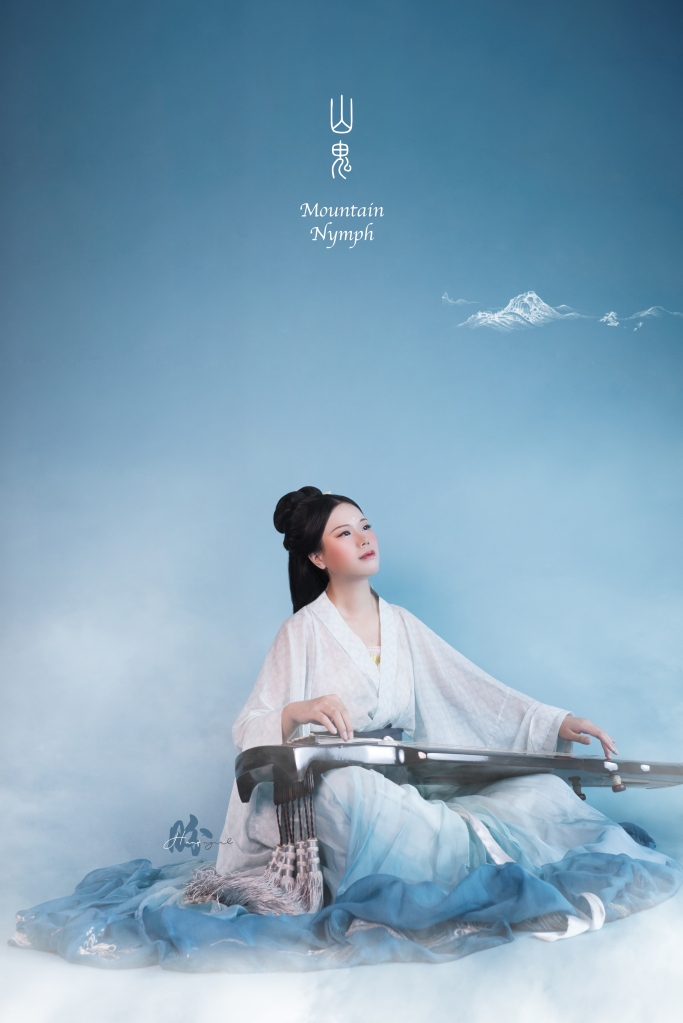
It was also believed by some scholars that it was a metaphorical description of the ritual in which the priestess, magnificently dressed, went into the mountain to receive the mountain god/goddess in a joyous mood, only to lose her way in the wilderness. Filled with frustration, she lamented that she would not be able to bring blessings/longevity to her people, and sought comfort in the longevity herbs in the depth of the mountain. Before long, she became flustered and panicked that she might never get to receive the mountain god/goddess and lamented on her failed mission.

I’ve translated the poem with help from my friend and online resources, and here’s the lyrics/poem with their translations and general interpretation of each stanza:
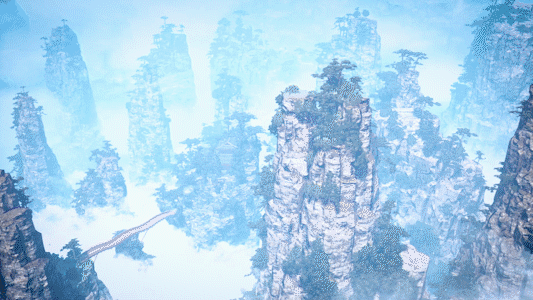
若有人兮山之阿,被薜荔兮带女萝。
Someone is there, in the mountain valley.
Adorned in vines, clasped by ivy.
既含睇兮又宜笑,子慕予兮善窈窕。
With adoring gaze and a gentle smile, she teased
“Does my beauty enrapture you?”
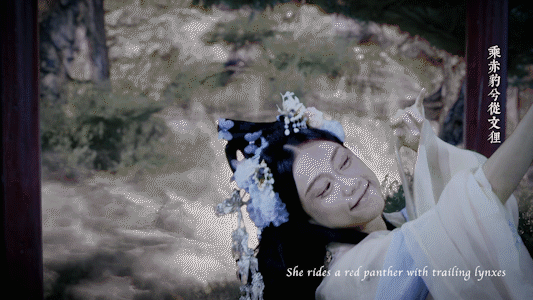
乘赤豹兮从文狸,辛夷车兮结桂旗。
She rides a red panther with trailing lynxes.
Her chariot of magnolia arrayed with banners of cassia.
被石兰兮带杜衡,折芳馨兮遗所思。
Her cloak made of orchids and her girdle of azalea.
Plucking a bloom to prepare for her groom.
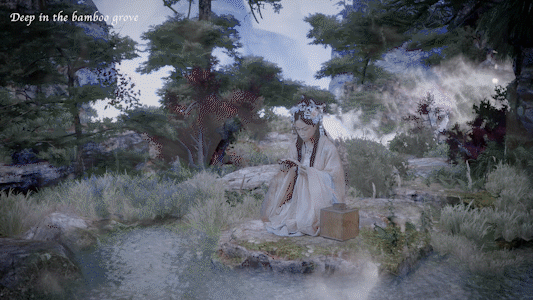
余处幽篁兮终不见天,路险难兮独后来。
Deep in the bamboo grove I dwell,
The sky obscured.
The road hither is steep and dangerous,
I arrive alone and late.
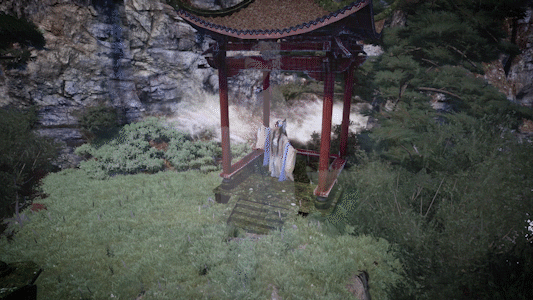
表独立兮山之上,云容容兮而在下。
Alone I stand now, atop of the mountain.
While the clouds tumble and gather beneath.
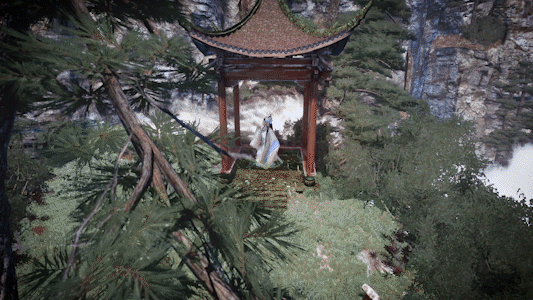
杳冥冥兮羌昼晦,东风飘兮神灵雨。
All gloomy and dark is the day,
The east wind brought the god-send rain.

留灵修兮憺忘归,岁既晏兮孰华予?
Cajoling you to stay a while longer,
Time is running out with my fading beauty.
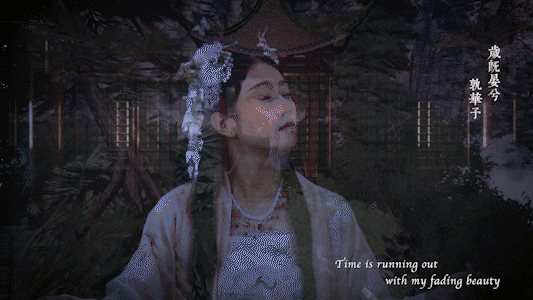
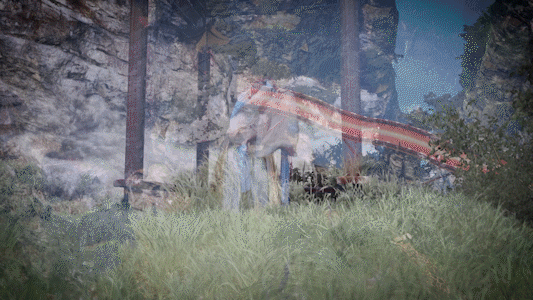
采三秀兮於山间,石磊磊兮葛曼曼。
I hunt for the longevity herb immured in impenetrable wilderness,
The rocks are craggy and the vines tangled.
怨公子兮怅忘归,君思我兮不得闲。

I blame you for my sorrow. Have you forgotten to return?
Or do you miss me too, but you are entangled elsewhere
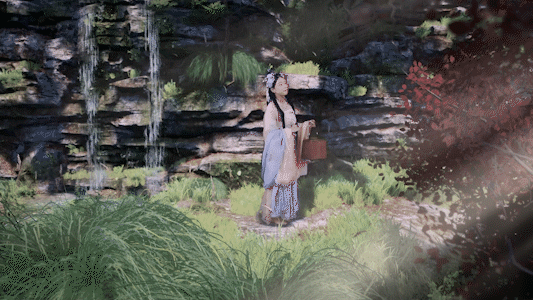
山中人兮芳杜若,饮石泉兮廕松柏。
Deep in the mountain
she is
sweet as the perennial flower.
From the rocky spring
She drinks
Shaded by pines and firs.
君思我兮然疑作。
You long for me, yet you hesitate.
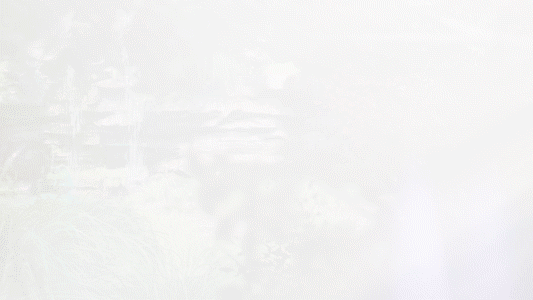
雷填填兮雨冥冥,猨啾啾兮又夜鸣。
The gibbons mourn and howl through the night,
The wind whistles and the trees are bare.
风飒飒兮木萧萧,思公子兮徒离忧。
I long so for you, yet I sorrow in vain.
I have always loved the song Shan Gui (Mountain Nymph) which is a modern composition by a Chinese singer-songwriter Winky诗 using the lyrics of Quyuan some 2,400 years ago. It was a hauntingly enchanting song which I had no way of understanding simply by listening due to the ancient language used. But I have always wanted to know more and do something like a Music Video to complement it.
Fast forward a few years, I received a cold call from the founder Spring Forest Studio, a local video production company specialising in 3D virtual set filming and green screen technology video production. And I started my artistic conceptualisation and creation of the entire project from identification of the virtual background of the mountains of Zhangjiajie (which inspired the floating world of Avatar), and incorporating the many possible layers of meanings of this ancient poem into the music video with help from my fellow Hanfugirls (Vocalist Vivien Lai, Dancer Li Ruimin and Guzheng Player Jiang Xinheng) who are incredibly talented and genuinely passionate about the project. All of these are done with zero monetary exchange and budget, which meant that it is truly a work of pure love.
